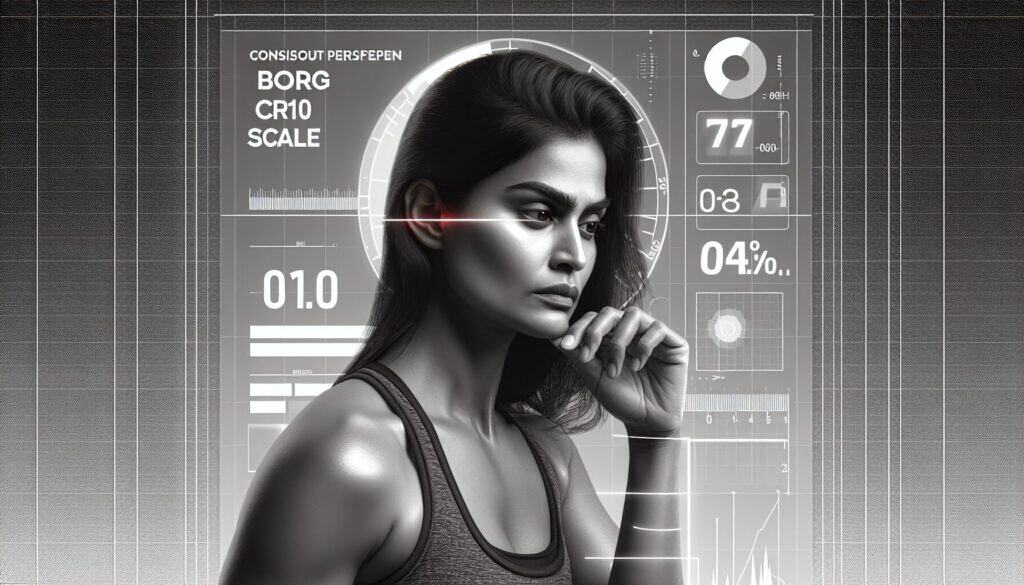一种主观量表,用于测量个人对体力消耗、努力或疲劳强度的感知。
- 方法: 工程, 质量
BORG CR10 量表(体力消耗率)

BORG CR10 量表(体力消耗率)
- 持续改进, 人体工程学, 人为因素, Human-Centered Design, 性能跟踪, 流程改进, 质量管理, 可用性, 用户体验(UX)
目标
如何使用
- 个人通常会在 0(完全不用力)到 10(最大用力)的范围内对其感知到的用力程度进行评分,通常会在不同的点上设置口头锚点。
优点
- 操作简单快捷;提供了对身体负荷的主观测量,可作为客观测量的补充;广泛应用于人体工程学和运动生理学。
缺点
- 主观性,因此评分可能因人而异,并受心理因素的影响;需要明确的说明才能持续使用;不是生理负荷的直接测量方法。
类别
- 人体工程学
最适合:
- 量化个人在执行任务时对体力付出的主观感知。
The BORG CR10 Scale, widely employed in various fields such as sports science, rehabilitation, and occupational health, serves as an effective tool for assessing perceived exertion levels during physical tasks, allowing designers and engineers to create more human-centered products and systems. In industries like fitness and ergonomics, this methodology can be utilized to evaluate equipment design or work environments by collecting subjective feedback from users about their physical strain while using certain tools or executing specific tasks. This approach is particularly beneficial in phases of iterative design when testing prototypes, as it allows users to provide immediate impressions of how physically taxing a design may be. Stakeholders like product developers, user experience researchers, and health professionals typically engage in this process, using participants from diverse demographics to gather comprehensive data that reflects varied interpretations of effort, thereby enhancing product usability and comfort. The scale proves valuable even in educational contexts, where instructors can measure students’ exertion levels during physical activities, facilitating the creation of tailored curriculums that respect individual capabilities and improve engagement. Such applications reflect an integration of subjective assessments with physical activity guidelines, thereby optimizing safety and performance in diverse environments.
该方法的关键步骤
- Instruct the individual to perform a specific physical task or exercise.
- At the end of the task, ask the individual to rate their perceived exertion using the Borg CR10 scale.
- Ensure the individual understands the scale definitions and points for accurate rating.
- Record the given rating for further analysis.
- Encourage the individual to reflect on their feelings of exertion in relation to past experiences.
专业提示
- Utilize the BORG CR10 Scale in combination with real-time biometric data to cross-validate perceived effort versus actual physiological response for improved accuracy in task analysis.
- Implement iterative testing with the BORG CR10 Scale in design prototypes to refine ergonomic features based on user feedback and subjective exertion levels during typical use scenarios.
- Incorporate training sessions that familiarize participants with the BORG CR10 Scale for standardization, ensuring consistent data collection across varying user demographics and settings.
历史背景
1949
1950
1950
1960
1960
1960
1960
1940
1950
1950
1958
1960
1960
1960
1960
(如果日期不详或不相关,例如 "流体力学",则对其显著出现的时间作了四舍五入的估计)。















相关文章
肌肉骨骼不适调查表
多变量测试(MVT)
多元回归分析
动作捕捉系统
MoSCoW 方法
情绪中值测试